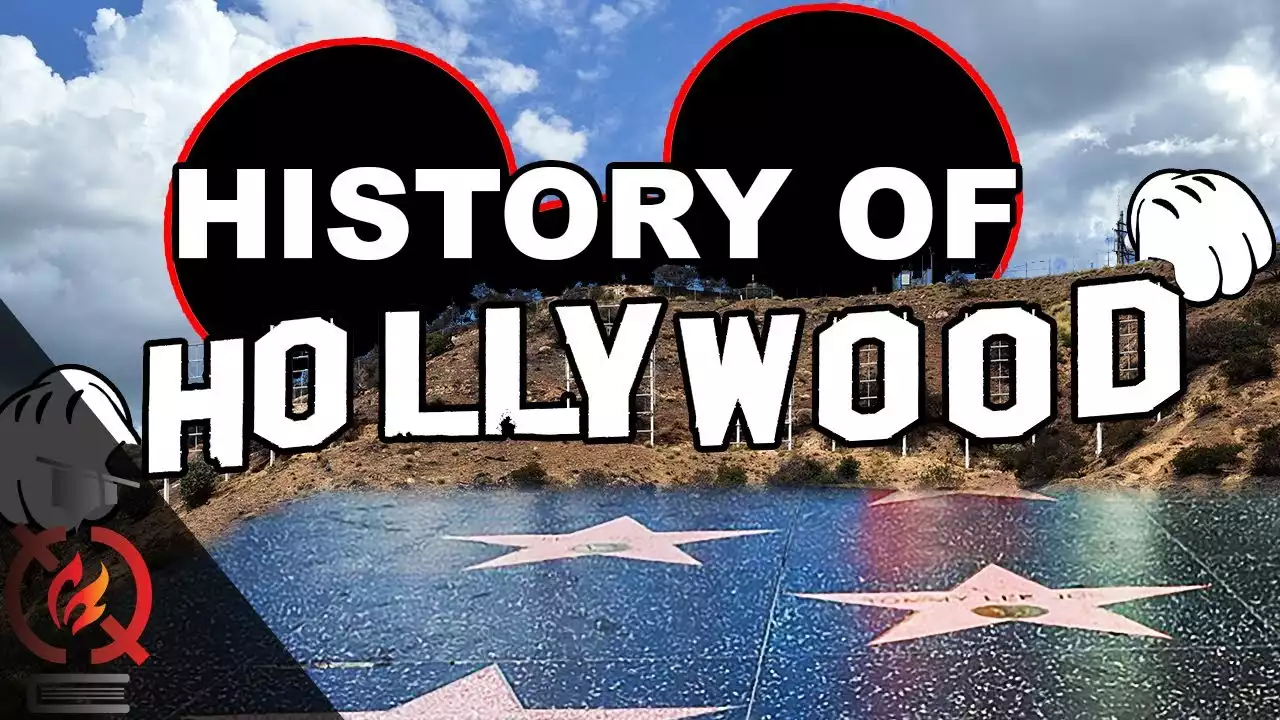Hollywood has been a center of entertainment and celebrity culture since the early 20th century. The city’s name has become synonymous with the film industry, as well as with its excesses and scandals. Whether you know about it or not, if you have ever watched a movie, read a book, listened to music, or simply been aware of popular culture, you have almost certainly heard about Hollywood and its legends. This article explores the history of Hollywood from its founding in the early 1900s until today.
The History of Hollywood
What is Hollywood?
Hollywood is a neighborhood in the city of Los Angeles, California. It is also the name of an adjacent neighborhood in the adjacent city of Beverly Hills. The name “Hollywood” has been used as a metonym for the American film and television industries, which have become among the most influential in the world. The term “Hollywood” is also used as a generalized American synonym for the American film industry and/or the stardom associated with it. Hollywood was a small community in the Los Angeles area, but it grew in size and importance during the early years of the 20th century. By the 1920s, it had become the “entertainment capital of the world.” Hollywood is home to The Hollywood Walk of Fame, where you can find the stars of famous actors and directors.
The Early Years of Hollywood
Hollywood began with the migration of the film industry from New York City to the Los Angeles area in the 1910s. In the early 1900s, New York City became the center of American filmmaking, with dozens of new movie companies being formed. To build audiences for their films, New York filmmakers made fair use of the potential of building a name for their movies and stars. During this period, hundreds of “nickelodeons” were built in New York and other cities, catering to the working-class audiences who wished to “spend a penny” to see movies, but had little money.
The Golden Age of Hollywood
Between the world wars, when the film industry became a more glamorous and profitable business, the motion picture business was transformed into the “Golden Age of Hollywood.” The transformation of Hollywood into a major cultural and financial center had to do, in part, with a change in the industry’s business model. During the Golden Age of Hollywood, the production companies that had once operated as minor film laboratories in New York were reorganized as integrated “studios,” with actors, directors, writers, technicians, and other creative personnel on their payrolls.
The Studio Era
The studio era, which lasted from the 1910s until the 1950s, was a period when a handful of major studios exercised extensive and often arbitrary control over the production and distribution of films. During the studio era, the major studios (mainly Metro-Goldwyn-Mayer, Paramount Pictures, Warner Brothers, RKO Radio Pictures, Universal Pictures, Columbia Pictures, and 20th Century Fox) came to dominate the industry. By the 1930s, 40 percent of American films were produced at Metro-Goldwyn-Mayer alone.
The Decline of the Studios
During the post-World War II era, the Hollywood studio system began to break down as the Supreme Court ruled that the studios had to divest themselves of their theater chains. In addition, the rise of television and the growth of suburbs meant that people had less money for movie tickets, even as the studios charged the same price for their films as they had during the Depression. During the 1950s, the era of the Hollywood studio system came to an end.
Contemporary Hollywood
With the rise of independent film and foreign film production in the 1990s, Hollywood has been seen as increasingly less important to global film production. However, Hollywood continues to be seen as the “capital of world entertainment,” and a major cultural center. Although the 1990s saw a significant decline in the profitability of the major Hollywood studios, the 21st century has seen a resurgence in their profits. This can be attributed to several factors, including better management, more efficient marketing, and the growing importance of “branded” franchises, like The Avengers and Star Wars. Hollywood has also seen an increase in the number of “studio-branded” attractions, such as the Universal Studios Theme Parks.
Conclusion
Hollywood has been an important center of entertainment and celebrity culture since the early 20th century. Even though the industry began as a decentralized, New York-based business, it soon transformed into a centralized, Los Angeles-based business, that came to be known as “Hollywood.” Since then, Hollywood has become the world’s “capital of world entertainment,” and a major cultural center. This article explores the history of Hollywood from its founding in the early 1900s until today. During this time, Hollywood transformed from a decentralized New York-based business into a centralized, Los Angeles-based business that came to be known as “Hollywood.”


 Famous American Street Foods You Don’t Want to Miss
Famous American Street Foods You Don’t Want to Miss
 Tongabezi Lodge in Simonga - Zambia
Tongabezi Lodge in Simonga - Zambia
 Introducing Eggs to Your Baby Nutritious Recipes
Introducing Eggs to Your Baby Nutritious Recipes The Hays Code in Hollywood Film
The Hays Code in Hollywood Film The Golden Age of Hollywood
The Golden Age of Hollywood The Birth of Hollywood Movies
The Birth of Hollywood Movies